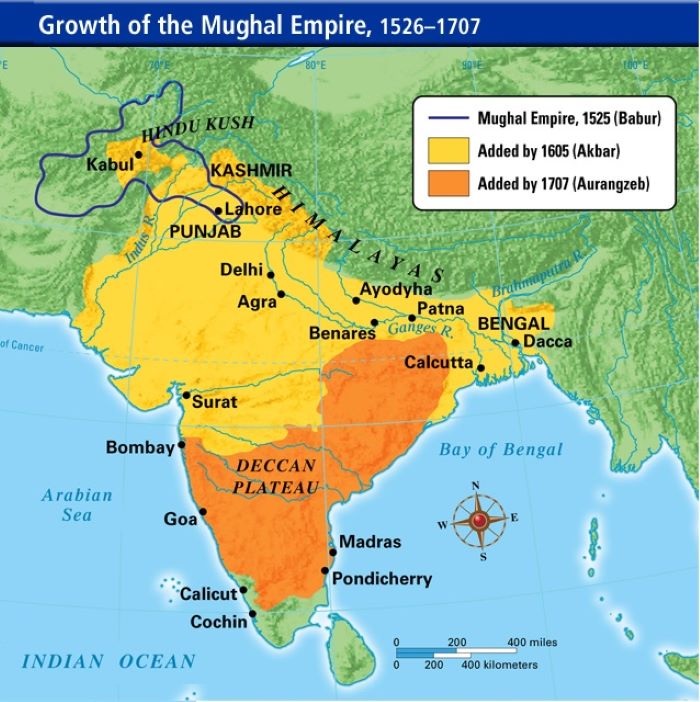About
So, The Mughal Kingdom is back again.
start superscript, 1, end superscriptand rich port cities. Once upon a time, the subcontinent had been dominated by the mighty Mughal Empire. But in the eighteenth century, the control held by the Mughals had begun to change for two reasons. First, growing internal divisions led to rival groups challenging the central government of the declining empire. Second, European merchants and governments started looking for ways to get some of the empire's wealth. Technically, the empire would survive until 1858. In reality, these two changes amplified each other and had already created a major crisis for the Mughal rulers in 1750.start superscript, 1, end superscriand rich port cities. Once upon a time, the subcontinent had been dominated by the mighty Mughal Empire. But in the eighteenth century, the control held by the Mughals had begun to change for two reasons. First, growing internal divisions led to rival groups challenging the central government of the declining empire. Second, European merchants and governments started looking for ways to get some of the empire's wealth. Technically, the empire would survive until 1858. In reality, these two changes amplified each other and had already created a major crisis for the Mughal rulers in 1750.start superscript, 1, end superscript and rich port cities. Once upon a time, the subcontinent had been dominated by the mighty Mughal Empire. But in the eighteenth century, the control held by the Mughals had begun to change for two reasons. First, growing internal divisions led to rival groups challenging the central government of the declining empire. Second, European merchants and governments started looking for ways to get some of the empire's wealth. Technically, the empire would survive until 1858. In reality, these two changes amplified each other and had already created a major crisis for the Mughal rulers in 1750.
